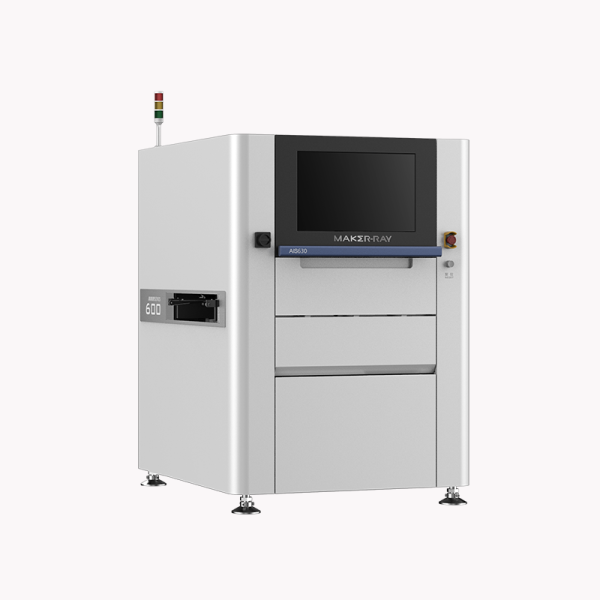Visual inspection systems are becoming the new standard in the industry. Their use has been on the rise, and most companies are implementing them to make their production processes safer. Here we cover what they are, how they work, and how you can reap their benefits!
What is a visual inspection system?
A visual inspection system is a specialized tool that can be used to inspect products or parts for quality control and defects. A visual inspection system typically consists of a camera, a computer, and software that allows the inspector to view images of the product or part from different angles and perspectives. This information can then be used to identify potential defects or problems with the product or part.
How does a visual inspection system work?
A visual inspection system is a type of machine that is used to inspect products or parts. This machine uses a series of cameras and sensors to take pictures or videos of the product or part. The pictures or videos can then be used to help identify problems with the product or part. Visual inspection systems are useful for many different types of businesses. They are commonly used by manufacturers to check the quality of their products.
What are the benefits of visual inspection systems?
Visual inspection systems are a great way to reduce the time it takes to find and fix defects in products. Here are some of the benefits:
- Time savings: Visual inspection systems can speed up the process of finding and fixing defects by allowing workers to inspect products quickly and easily.
- Reduced cycle time: By reducing the time it takes to find and fix defects, visual inspection systems can help manufacturers reduce their cycle time. This means they can produce more products faster, which can lead to increased profits.
- Increased accuracy: With accurate inspection, employees can avoid making costly mistakes that could lead to product defects.
- Reduced costs: Visual inspection systems can help manufacturers save on costs associated with defects, such as damages caused by defective products, and lost production time.
Conclusion
Having a visual inspection system in place can improve the quality of your products. Not only will you be able to catch any issues before they cause significant damage, but you’ll also be able to take corrective action quickly and without having to go through a long and expensive process. If this sounds like something that would benefit your business, contact MAKER-RAY today so we can help get you started!




